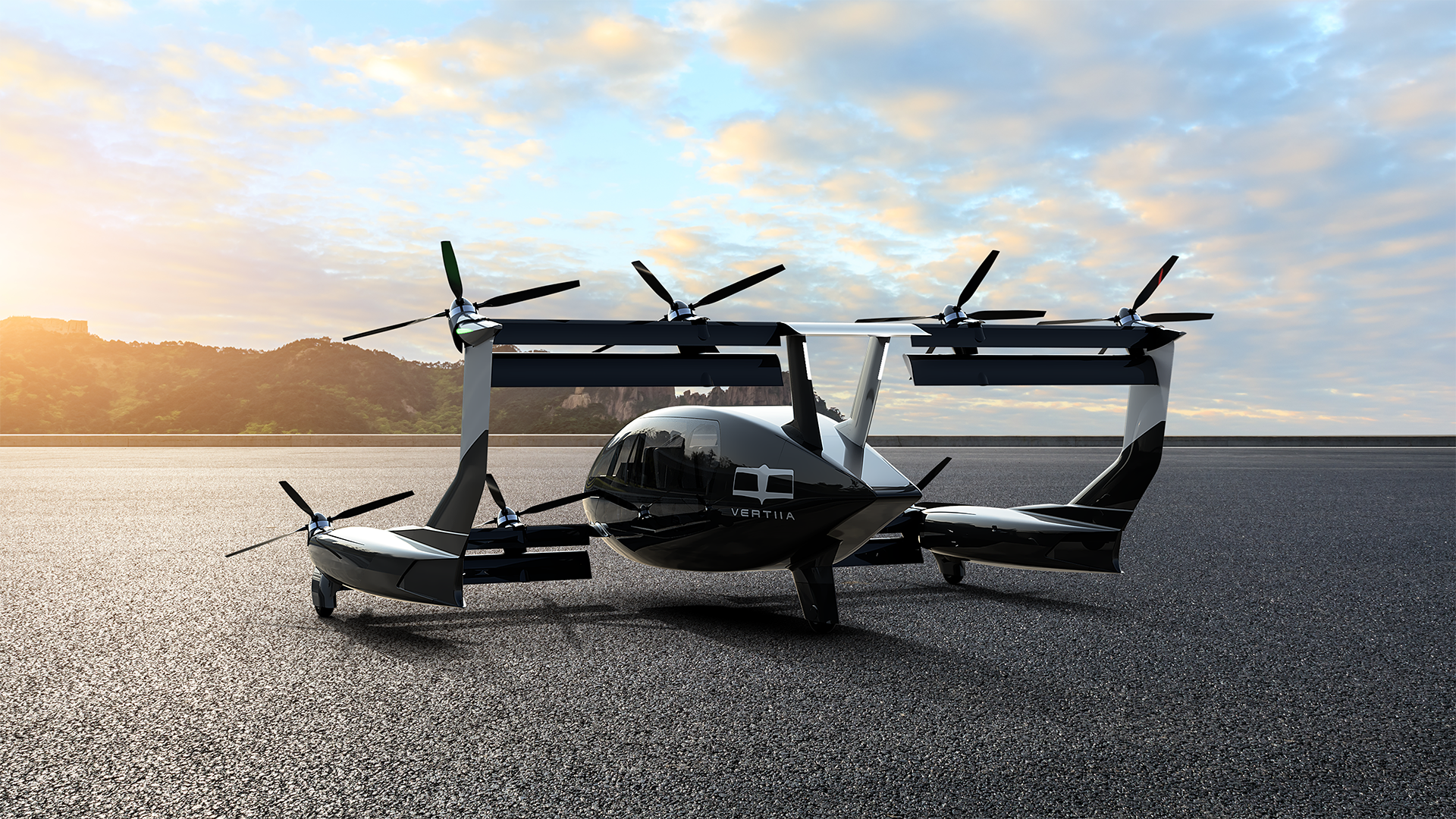Innovative Partnership for Hydrogen-Powered Aircraft Thermal Management
Key Ideas
- Conflux Technology partners with AMSL Aero to develop a thermal management system for Vertiia, a hydrogen-powered VTOL aircraft, showcasing commitment to sustainable energy solutions.
- Tailored cooling solutions have been designed to handle continuous thermal loads, reduce weight, and enhance aerodynamic performance while accommodating space limitations in aircraft design.
- The partnership leverages 3D printing technology to create novel heat exchangers that deliver consistent performance, lightweight design, and efficient heat transfer for hydrogen aviation.
- Other entities in the aerospace industry are also utilizing 3D printing for heat exchanger production, aiming to improve design flexibility, reduce weight, and enhance thermal performance within compact spaces.
Conflux Technology has partnered with Australian aircraft manufacturer AMSL Aero to collaborate on developing a thermal management system for Vertiia, a hydrogen-powered electric vertical take-off and landing (VTOL) aircraft. The aircraft, designed for zero-emissions long-range flight up to 1,000 km, relies on efficient heat regulation to support its hydrogen fuel cell powertrain. Conflux is contributing its expertise in additively manufactured heat exchangers to the project to meet the thermal and structural demands of next-generation flight.
The initial efforts of the partnership focused on producing three concept heat exchangers capable of handling continuous thermal loads while reducing weight and aerodynamic drag. These concepts were developed with compact packaging in mind to fit the space limitations of aircraft design without compromising performance. The project has now advanced to a stage where a complete proof-of-concept assembly within Vertiia's propulsion system is being built and tested.
Hydrogen VTOL aircraft face challenges of managing transient thermal spikes during take-off, landing, and hover operations. The cooling system developed by Conflux aims to deliver consistent performance while being lightweight and compact. Utilizing 3D printing technology, the company is creating heat exchangers with patented thin-walled structures that support both thermal efficiency and low drag across variable flight conditions.
The article also highlights other aerospace entities utilizing 3D printing for heat exchangers to enhance design flexibility, reduce weight, and improve thermal performance within limited spaces. It mentions a partnership between Fabrisonic and NASA's Jet Propulsion Laboratory to produce single-piece 3D printed heat exchangers, as well as research at RMIT University on 3D printed catalytic heat exchangers for hypersonic flight applications.
The overall sentiment of the article towards hydrogen is positive, emphasizing the importance and potential of hydrogen fuel cells in sustainable air transport. The collaborative efforts between Conflux Technology and AMSL Aero signify a step forward in advancing innovation and sustainable solutions in the aerospace industry.
